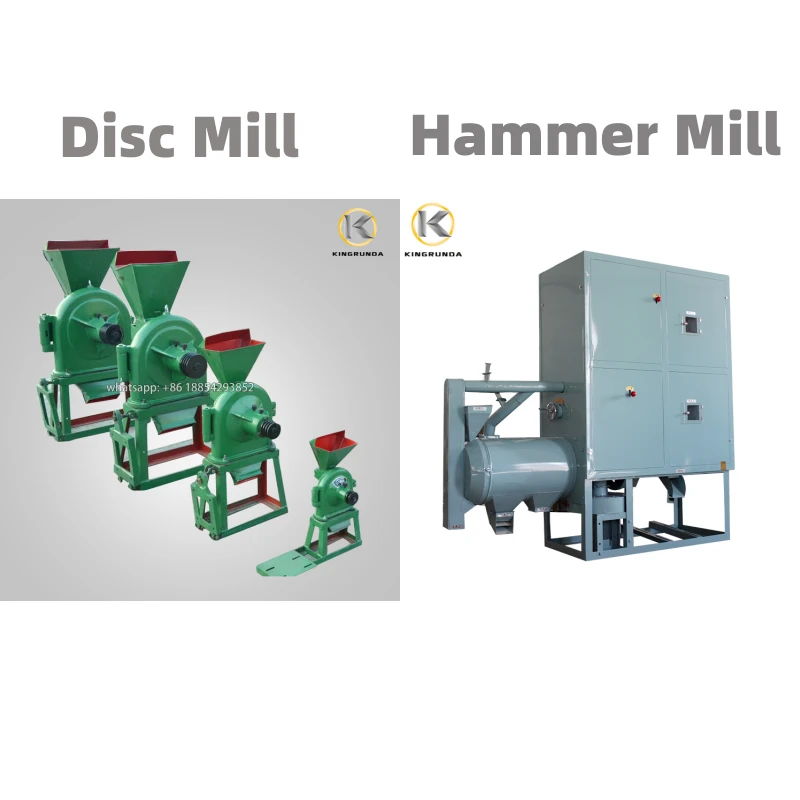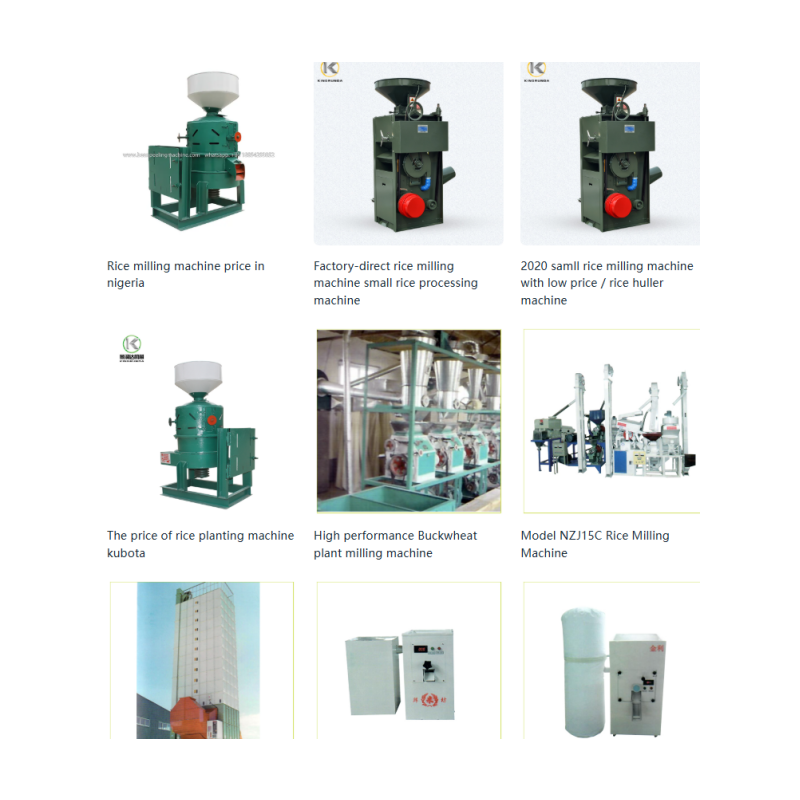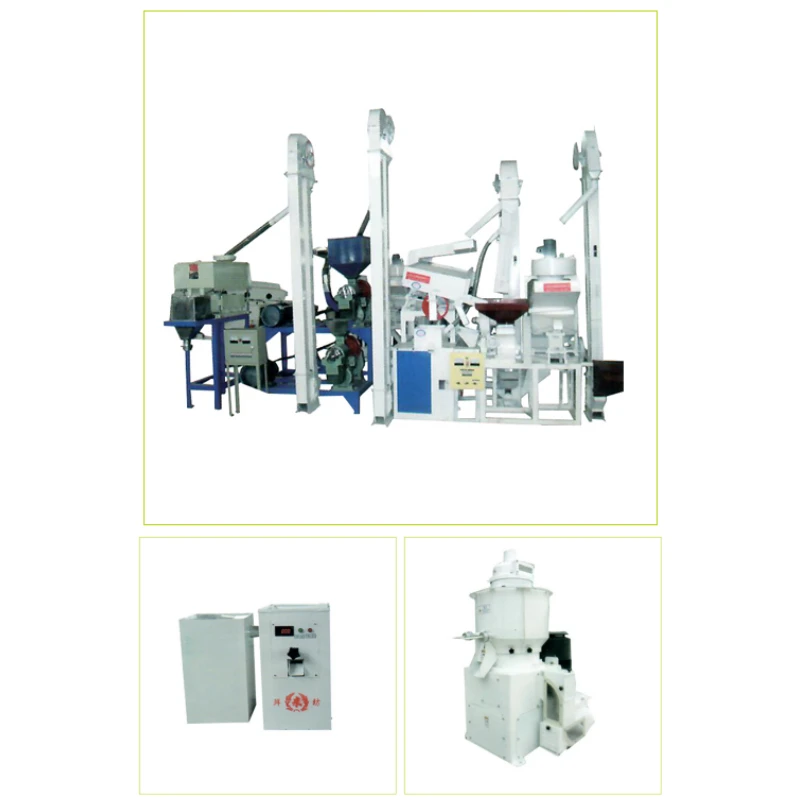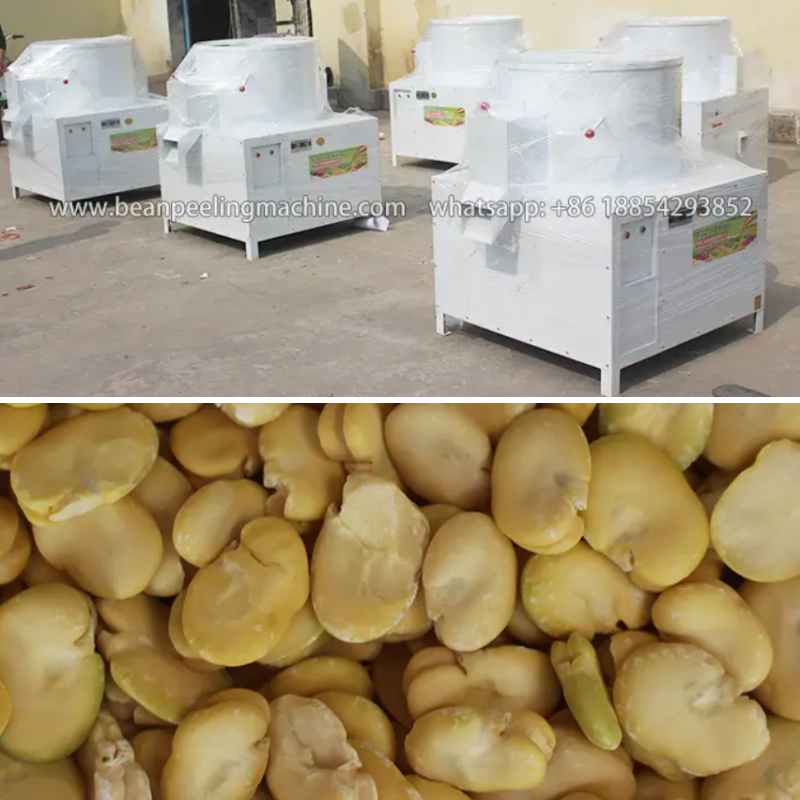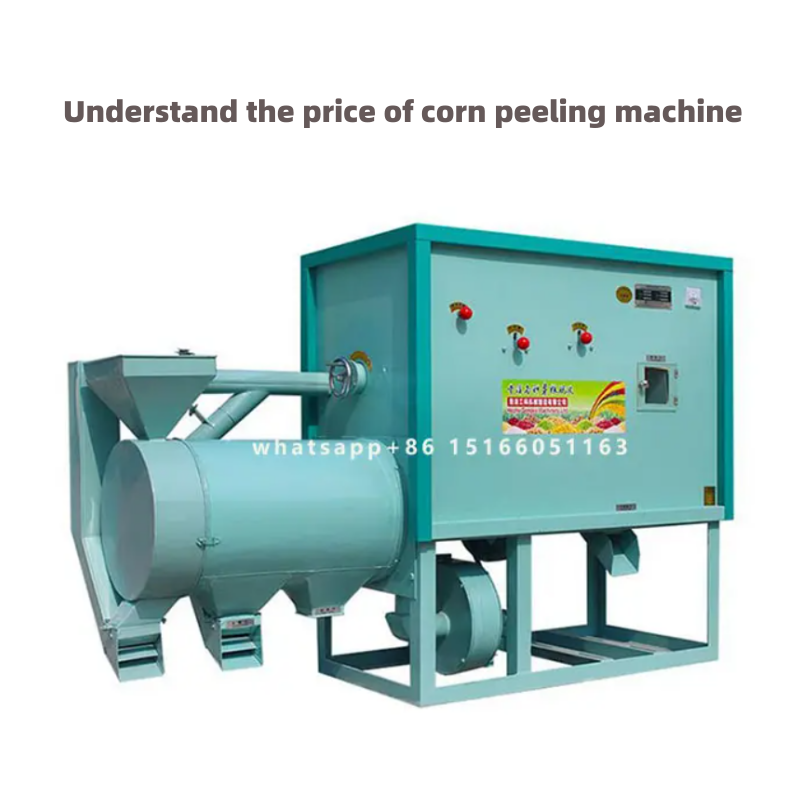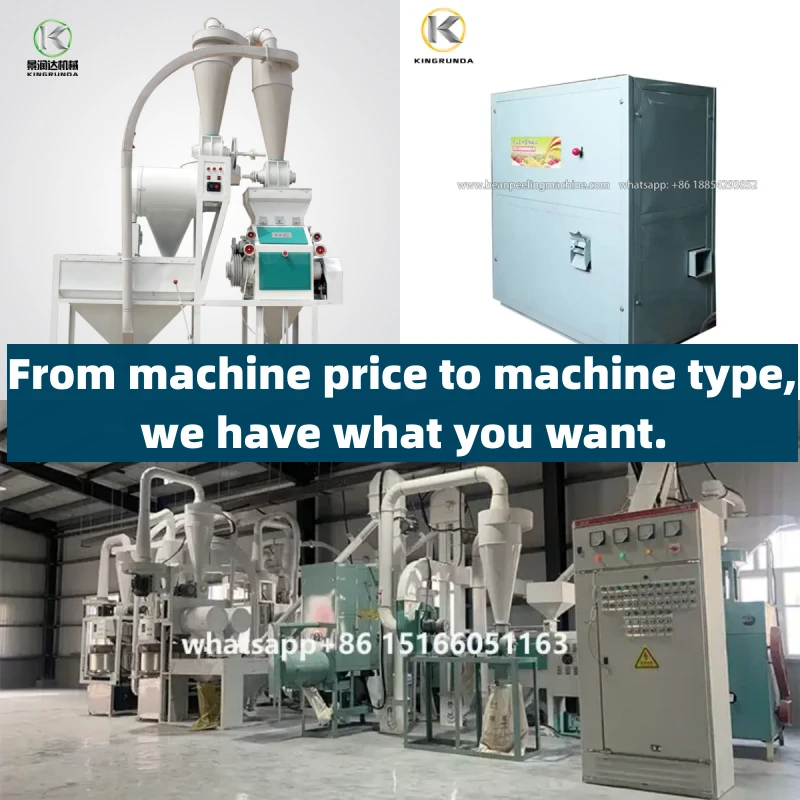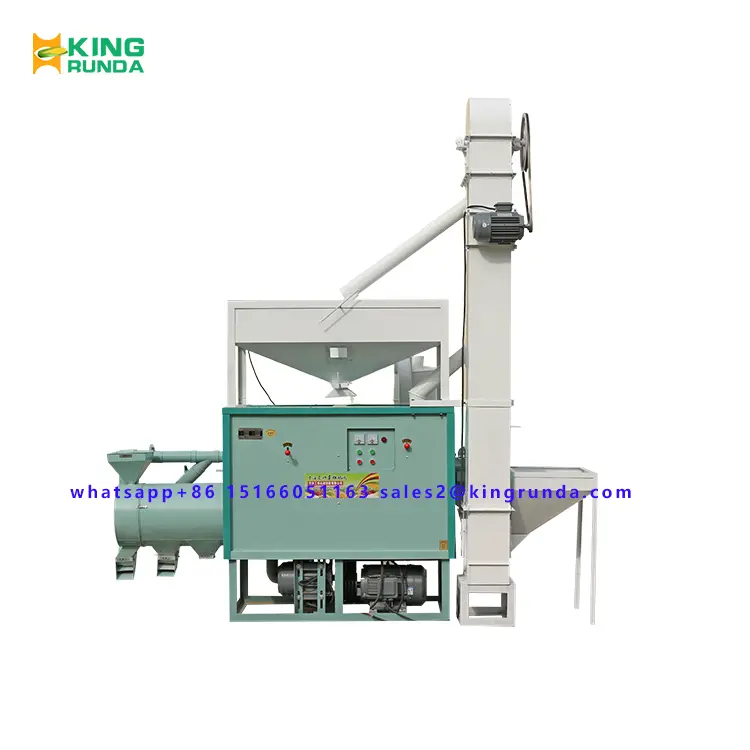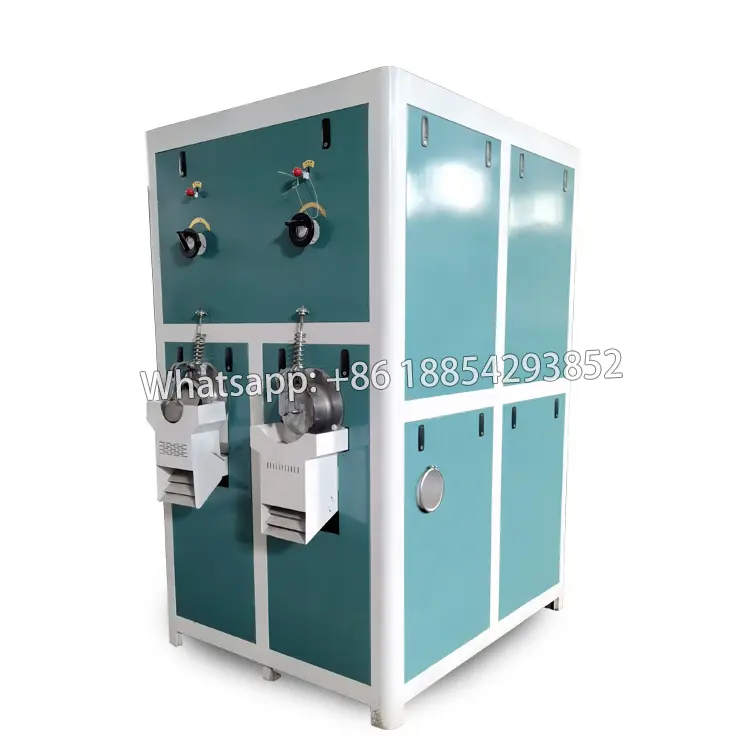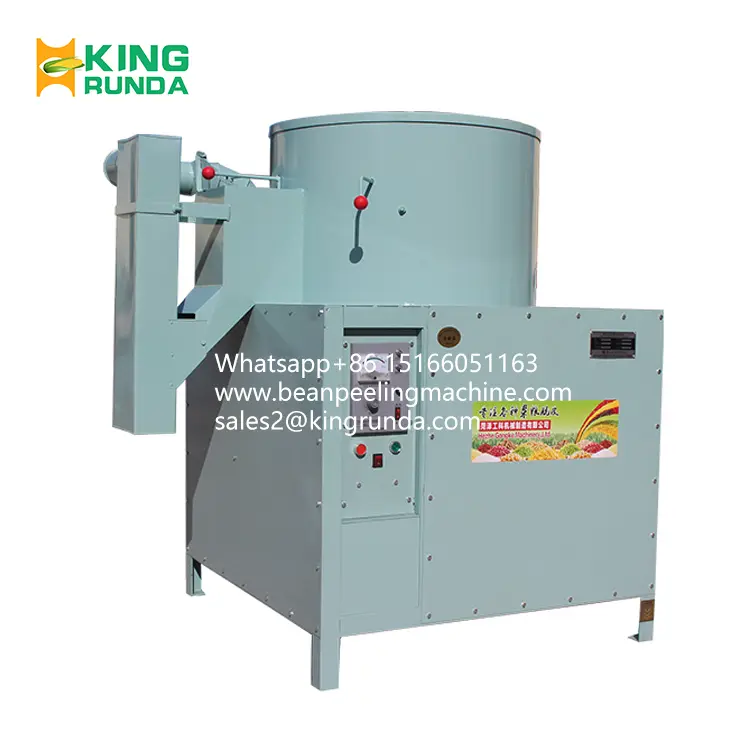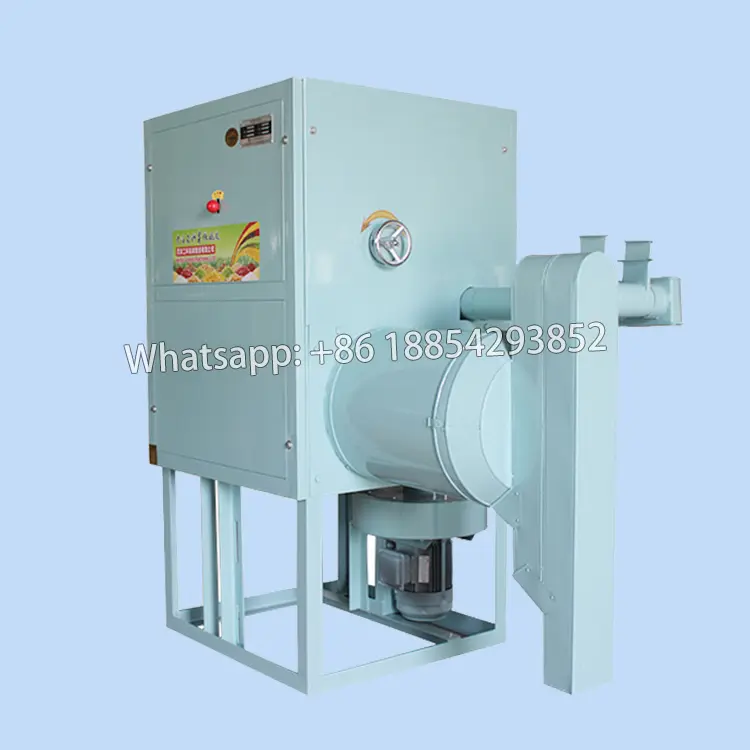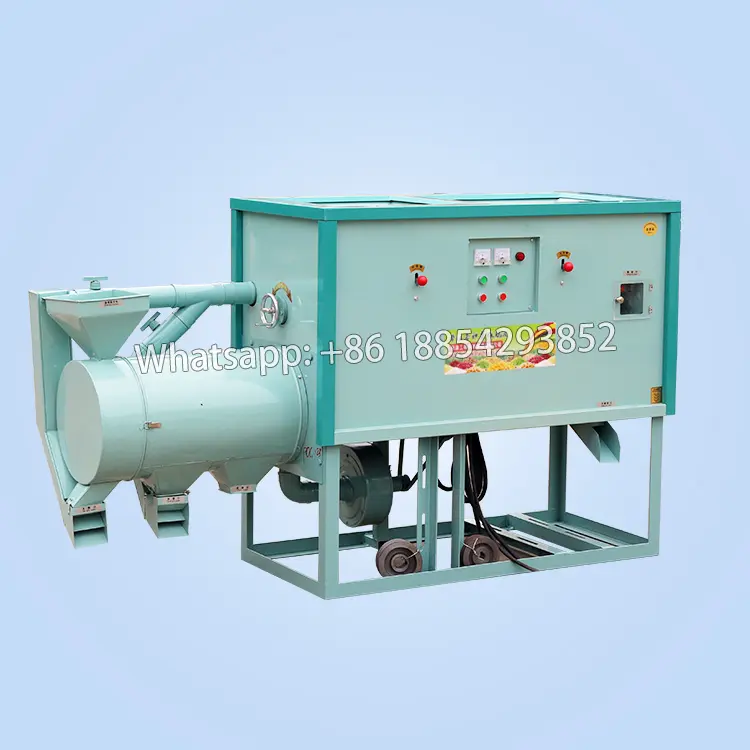Introduction
In modern grain, feed, and food processing industries, milling equipment plays a crucial role in determining product quality, efficiency, and cost-effectiveness. Among the most widely used machines are disc mills and hammer mills, each with unique advantages, limitations, and applications. Choosing between a disc mill and a hammer mill can significantly affect production efficiency, energy consumption, particle size distribution, and long-term investment returns.
This article provides a detailed comparison of disc mill vs hammer mill, supported by specific research data, real-world applications, and expert analysis. To provide practical insights, we also introduce Qingdao Jingcheng Machinery Co., Ltd. (formerly Kingrunda Machinery)—a leading grain processing equipment manufacturer with over 20 years of experience, offering reliable solutions for both small-scale and industrial milling operations.
Overview of Disc Mill and Hammer Mill
1. Disc Mill
A disc mill uses a pair of grinding discs, one stationary and one rotating, to shear, cut, and crush raw materials. It is known for producing uniform particle sizes and is widely applied in grain, food, and chemical industries.
Key Features of Disc Mills:
Consistent and fine particle size distribution
Lower energy consumption compared to hammer mills
Suitable for grains, spices, herbs, and industrial raw materials
Compact structure, relatively low noise
2. Hammer Mill
A hammer mill uses rotating hammers attached to a rotor to crush raw materials through impact force. It is more versatile in handling fibrous or tough materials and achieves high throughput.
Key Features of Hammer Mills:
High capacity and throughput
Suitable for feed, biomass, and wood industries
Flexible in handling tough and fibrous raw materials
Higher energy consumption and less uniform particle size
Comparative Research Data: Disc Mill vs Hammer Mill
Research from feed technology and food science institutions highlights measurable differences between the two milling technologies.
Table 1: Performance Comparison of Disc Mill vs Hammer Mill
| Parameter | Disc Mill | Hammer Mill |
|---|---|---|
| Energy Consumption | 7–12 kWh/ton | 20–25 kWh/ton |
| Particle Size Distribution | Narrow, uniform | Wide, less uniform |
| Noise Level | 75–80 dB | 90–95 dB |
| Maintenance Frequency | Moderate | Higher (frequent hammer replacement) |
| Capacity | Medium | High |
| Heat Generation | Low | High |
Source: Adapted from research in Agricultural Engineering and Feed Milling Studies, 2021–2023.
Analysis:
The disc mill is more energy-efficient and delivers consistent particle size, making it ideal for food and flour processing. On the other hand, hammer mills offer higher throughput and flexibility, which suits large-scale feed mills and biomass industries.
Applications in Grain and Feed Processing
1. Grain Milling
Disc Mills: Widely used for wheat, maize, rice, and spices, producing uniform flour quality.
Hammer Mills: Better for grinding maize stalks, husks, or fibrous grains used in animal feed.
2. Feed Processing
Disc Mills: Produce fine feed suitable for poultry and aquaculture where uniform particle size improves digestion.
Hammer Mills: Common in cattle and swine feed plants, where coarse grinding increases chewing activity.
Table 2: Application Suitability
| Application | Preferred Equipment | Reason |
|---|---|---|
| Wheat flour | Disc Mill | Fine, uniform flour |
| Maize flour | Disc Mill / Hammer Mill | Depends on end-use |
| Animal feed (cattle/swine) | Hammer Mill | Handles coarse materials |
| Poultry feed | Disc Mill | Fine, digestible particles |
| Aquaculture feed | Disc Mill | Consistency critical |
| Biomass grinding | Hammer Mill | High throughput, fibrous handling |
Economic Considerations
When comparing disc mill vs hammer mill, long-term costs are as important as performance.
Table 3: Cost Comparison
| Factor | Disc Mill | Hammer Mill |
|---|---|---|
| Initial Investment | Medium | Low |
| Operating Cost | Low | Higher (due to energy) |
| Maintenance Cost | Moderate | High (frequent hammer/liner replacement) |
| Lifespan | 8–12 years | 5–8 years |
Analysis:
Although hammer mills often have lower upfront costs, disc mills tend to provide better long-term savings due to lower energy use and reduced wear. For businesses focusing on energy efficiency and flour quality, disc mills are the preferred choice.
Research Insights on Particle Size Distribution
According to a 2022 study published in the Journal of Cereal Science, particle size significantly impacts digestibility and product performance. Disc mills consistently produced particle sizes in the range of 200–600 microns, while hammer mills produced wider distributions from 200–2,000 microns.
Table 4: Particle Size Distribution
| Mill Type | Average Particle Size (µm) | Distribution Range (µm) |
|---|---|---|
| Disc Mill | 350–450 | 200–600 |
| Hammer Mill | 800–1,200 | 200–2,000 |
Practical Implication:
Uniform particle size from disc mills enhances product consistency, crucial in flour production and aquaculture feed. In contrast, hammer mills provide coarser output that suits ruminant feed production.
Environmental Impact
With global emphasis on sustainability, comparing the environmental performance of disc and hammer mills is increasingly relevant.
Disc Mills: Lower energy use reduces carbon footprint; quieter operation lowers noise pollution.
Hammer Mills: Higher energy demand and noise make them less eco-friendly, though their versatility in handling waste materials (e.g., biomass) is a benefit.
Case Example: Jingcheng Machinery Solutions
As industries seek efficient, reliable, and environmentally friendly milling solutions, Qingdao Jingcheng Machinery Co., Ltd. stands out as a global partner.
Over 20 Years of Experience: Formerly Shandong Kingrunda Machinery, Jingcheng Machinery has grown into a recognized name in grain processing equipment.
Disc Mills: Offers the 9FC/9FQ/FFC series, covering small- to large-scale applications. The 9FC series alone includes 10 models (9FC-230 to 9FC-800), meeting different capacity needs.
Hammer Mills: Advanced models designed for high throughput and durable performance in feed and biomass industries.
Global Reach: Serving customers in more than 20 countries, including the U.S., UK, Spain, India, Nigeria, and Vietnam.
Innovation: Holds multiple patents and employs senior engineers to continuously upgrade technology.
By leveraging its extensive product portfolio and technical expertise, Jingcheng Machinery helps businesses choose the most suitable equipment—whether a disc mill or hammer mill—based on production goals.
Buying Guide: How to Choose Between Disc Mill and Hammer Mill
When evaluating disc mill vs hammer mill, decision-makers should consider:
End Product Requirements: Fine flour requires disc mills; coarse feed is better suited to hammer mills.
Energy Costs: If electricity costs are high, disc mills provide savings.
Material Type: Hammer mills excel with fibrous or hard-to-grind materials.
Scale of Production: Large feed plants often prefer hammer mills; food processors lean toward disc mills.
Budget and Lifespan: Disc mills cost more initially but may yield long-term savings.
Future Trends
Industry trends suggest increasing demand for energy-efficient disc mills, driven by sustainability goals, while hammer mills will remain dominant in large-scale feed and biomass industries. Hybrid solutions and smart control systems are expected to merge the advantages of both technologies.
Conclusion
The choice between disc mill vs hammer mill depends on production goals, raw materials, and long-term cost considerations. Disc mills excel in energy efficiency, uniform particle size, and environmental sustainability, making them ideal for flour and fine feed production. Hammer mills, with their higher capacity and flexibility, remain critical in large-scale feed and biomass industries.
With more than two decades of expertise, Qingdao Jingcheng Machinery Co., Ltd. provides tailored solutions in both disc mills and hammer mills, ensuring global customers achieve efficiency, quality, and profitability. By selecting the right equipment, businesses can gain a competitive edge in the ever-evolving grain and feed processing markets. Contact Jingcheng today!
